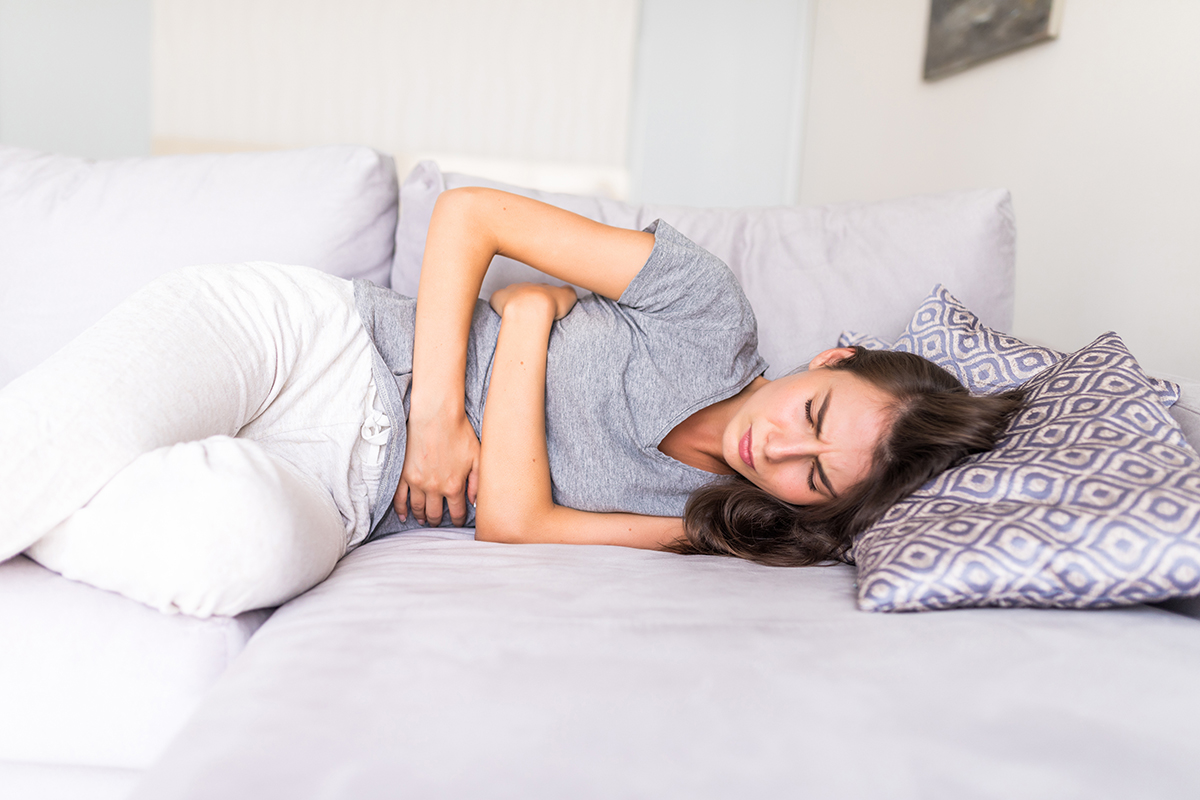
How does the Polycystic Ovary Syndrome (PCOS) occur?
There occurs about 6-7 million small egg sacs in the ovaries of the baby girls in mother’s womb and these decrease in the period close to the birth. There are 2 millions of egg sacs in the ovaries of the baby girl during birth. The number of the egg sacs reduces to 700 thousands in a girl who menstruates for the first time. The fact that polycystic ovary syndrome (PCOS) begins in which period of the baby girl and which factors cause this cannot be clarified.
A regular menstrual cycle does not occur in maidens between 13-19 until the GnRh (Gonodo tropine releasing hormone) production that triggers the egg production until the ovulation occurs settles. Because signals between the hypothalamus and hypophysis are destroyed in PCOS formation, the reasons which cause the hypersection of the LH hormone and less production of the FSH hormone are considered to be excess spiritual stress, epilepsia, sudden weight losses after a strong diet, prolaction hormone elevation, thyroid hormones production disorder.
The hormones (FSH (Follicule stimulating hormone), LH (Luteinizing hormone) and estradiol) which carry the messages between the hypothalamus-hypophysis axis and ovary and physiological events which organize the activities within the egg sacs constitute the regular menstrual cycle. Any slowdown or stop during any stage of this mechanism causes the egg sac to remain as milimetric cysts without cracking in the ovaries while it should grow and then crack normally. In the event of monthly repetition of these incidents, the number of milimetric cysts increases in both ovaries. They are screened as egg sacs more than 10-15 and in 2-8 mm diameter arranged like a pearl drop along with the ovary in PCO. This image in the ovaries is considered to occur as a result of a few mechanisms.
In addition, insulin resistance (lower reaction to insulin stimulation) occurs in the tissues (striated muscle, adipose tissue) in formation mechanism of the polycystic ovary syndrome. An exact reason cannot be shown about why the insulin resistance occurs. The glucose taken with the food causes to produce insulin from the pancreas and the insulin ties the glucose and enables it to enter into the cell and store the glucose which is not used by the cells in liver and muscles. In women who have PCOS, the tissues lose their sensitivity to the insulin and the insulin continues its production in order to affect these tissues. The insulin level in blood increases.
The high insulin level in blood;
1- triggers the production of androgen (men’s hormone) in the ovaries,
2- reduces the production of sex hormone binding hormone in the liver and enables androgens to be free and causes to increase the androgen (men’s hormone) level in the blood. The increased androgen turns into estrone in the adipose tissue and the estrogen level in blood raises. The high estrogen in blood cannot start the FSH hormone suppressing which will start the normal menstrual cycle and mechanism which will start the new menstrual cycle. While the FSH hormone is low, the LH hormone increases. The high LH in the blood causes the formation of many small egg sacs in the ovaries.
There is a vicious cycle in PCOS. This vicious cycle causes the formation of small egg sacs in the ovaries, menstrual irregularity and problems such as being unable to get pregnant in women who are in reproductive period.
